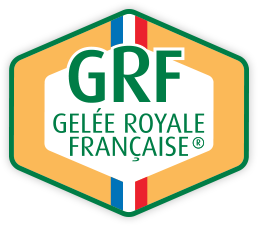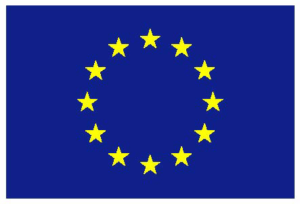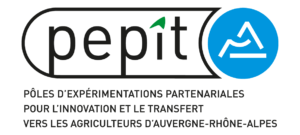History
1970
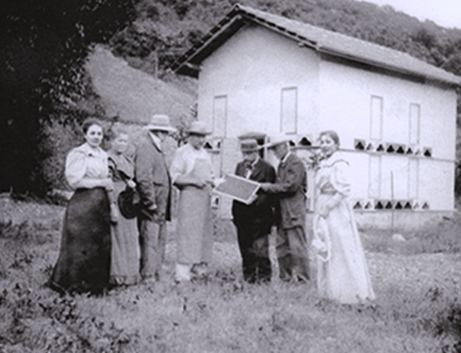
The interest in royal jelly really gained momentum in 1947 via a collaboration between producers, researchers and users.
Until the 1970’s, royal jelly is a high added value means of diversifying production, while some beekeepers even specialise solely in the production of royal jelly.
1980 - 1990
Royal jelly requires know-how and rigour, compliance with a regular schedule, as well as a considerable amount of handling as mechanisation is not possible. This entails high production costs for French beekeepers. Imported royal jelly begins to take over the market due to its low price (approximately 40 times less expensive), rendered possible by an underpaid workforce, less stringent control of production techniques and conditions, as well as less strict sanitary or storage guidelines. Furthermore, royal jelly labelling does not hint at its origins (which is unfortunately still the case today). The general population is less well informed than it is today and the tendency among both apiarists and consumers is to opt for a product that is (or seems to be) the same but sold at a lower price.

1995
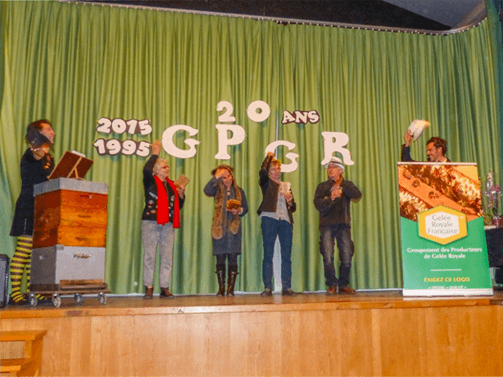
Royal jelly production almost disappears in France as the market turns almost entirely to imported produce: less than 300 kg produced for every 100 tonnes that is imported. Fewer than fifty beekeepers are still producing royal jelly in France. The know-how is fast disappearing. In fact, French production has all but come to an end. However, five apiarists choose to take matters in their own hands and put together an organisation with the aim of rekindling the interest in French production by bolstering awareness of the process as well as of the product itself. The non-profit Groupement des Producteurs de Gelée Royale (GPGR) is born.
2016
No ISO (international organization for standardisation) standard characterising royal jelly
China raises the issue and submits a request to ISO, with several other countries subsequently contributing to discussions, culminating in the suggestion of a standard that reflects royal jelly produced worldwide. GPGR contributes substantial scientific and theoretical input and is key to the creation of this standard. In 2016, the ISO standard is finally approved after several years of work: ISO 12824. This standard stipulates the specifications of royal jelly and differentiates between two types of jelly: type 1 jelly – firmly upheld by GPGR – (no feeding with sugar, which is frequently added during the production period) and type 2 jelly (with artificial sugar).
Today
After 20 years of hard work, GPGR now totals approximately 100 members who produce just over 2 tonnes of royal jelly, although this still only represents 1% of the royal jelly consumed in France. It continues to train new beekeepers, promote quality royal jelly and bolster awareness of the product.
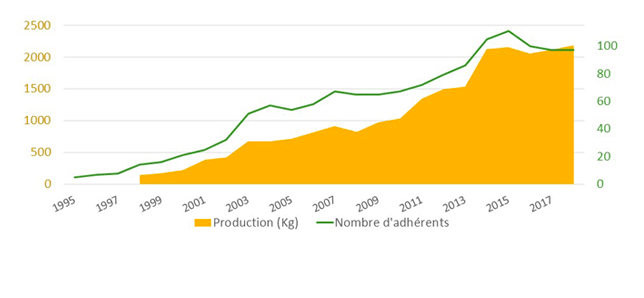
The royal jelly producers’ association is celebrating its 20th anniversary!


